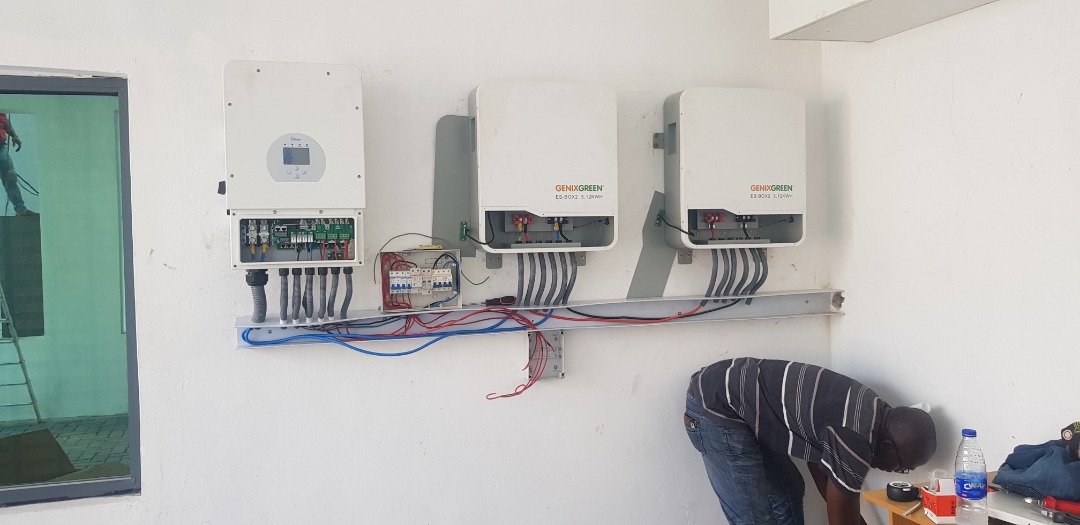
I was doing some repairs on an electronic device and accidentally punctured a small lithium ion battery with metal sludge (cell phone capacity).
At first I didn't realize I was puncturing the battery - I noticed a strange burning smell and I was ...... eh? I switched chargers and saw some smoke rolling up and smelled the burning smell again. I got rid of the plug immediately.
Now I feel fine - no breathing difficulties, no vomiting, or anything like that. I just rinsed my eyes with water. (Which I probably should have done immediately after dealing with the plug).
But obviously this is not safe. If this happens, you should take first aid measures immediately.
Lithium will be the number one risk when opening a lithium ion battery. If you come into contact with either of them inside your body, at very high temperatures, lithium will react with moisture on your skin and ignite more or less on contact. On the other hand, the higher the lithium level, the less dangerous it is because the hydrogen and other gases produced form a thin blanket between you and the reaction. Small lithium particles can become embedded in your hair and cause minor third-degree burns. Lithium dust can also wreak havoc on your respiratory tract, although the amount needed to really get into trouble is unlikely to come from a battery. Lithium metal includes only a few types of lithium (ion) batteries.
You will smell this when handling bad lithium ion batteries. Solvents have been published. In fact, most of these are very good. If you've ever done the wonderfully stupid thing of washing paint stains off your hands with paint thinner, that's the kind of solvent we're dealing with. These also don't burn into particularly bad materials, so it's pretty safe to deal with combustion gases.
Do your batteries have expansion, corrosion, leaks, or burn marks? Perhaps the manufacturer has recalled it?
Such incidents are becoming more frequent as batteries power more and more of the gadgets we use. Lithium metal or lithium ion batteries that are known to be damaged are particularly dangerous. If these batteries are transported without proper protection, they are more likely to cause health incidents, such as sparks, which can lead to fires.
Therefore, damaged, faulty or recalled (DDR) batteries should not be placed in standard boxes or regular cans. They also cannot be transported by air. Special handling and packaging methods are required for shipping such batteries. Recycling services are also available to meet all packaging, handling and shipping requirements for transportation.
The service offers appropriate solutions depending on the form of the battery and the relevant shipping specifications. In addition to accepting damaged batteries, they also provide services for faulty and recalled batteries that are identified by suppliers or consumer product protection agencies as having reliability or safety issues that require direct shipping.
A broken or damaged case can allow moisture and oxygen to enter the battery and oxidize the lithium components, resulting in a thermal reaction. This can lead to fire or explosion. Thermal reactions can also result from overheating, overloading, dropping, or crushing impacts.
Lithium-ion batteries that overheat, bend, swell or expand, or have an odor, should be removed
Immediately
Damaged, malfunctioning, broken, and recalled lithium-ion batteries must be properly packaged and shipped to prevent safety problems during transportation.
Unlike traditional alkaline batteries and other types of batteries, lithium ion batteries offer many advantages. They last longer than other batteries and can carry more power when properly stored, handled and used. Establishing and following proper protocols for the storage, handling, and use of these batteries can help prevent fires and explosions. Training employees on the hazards of lithium-ion and other battery types and how to properly handle, store and maintain them can help prevent battery damage, fires and explosions.
Damaged, malfunctioning and recalled batteries are dangerous and require special handling. Do not throw them in the trash because they can cause a fire. Guidelines for proper disposal of DDR batteries vary depending on your situation.
Consumers: Install DDR batteries in a non-flammable material such as sand or kitty litter as soon as possible. Consult the manufacturer's website Health for consumer product safety information or contact the store where you purchased the product to see if the battery has been removed. If so, follow the instructions of your supplier, distributor or Health.
Better yet, place the batteries in clear plastic bags (one per container) and take them to a municipal hazardous waste (HHW) recycling center. To see if it allows defective batteries, you can also contact your local drop-off point. Do not put them in the trash.
Municipalities: Do not place DDR batteries in regular containers (boxes or drums) for collection. Use internal hazardous waste (HHW) management protocols. If HHW service is not available, contact recycling customer service to discuss battery recycling services. Place batteries in a short-term non-flammable substance such as sand or kitty litter.
Retailers: Do not place DDR batteries in your regular collection bins as they can cause safety incidents such as fires or sparks. Then follow your company's hazardous household waste (HHW) disposal procedures. If you do not have an in-house HHW program, Customer Service will provide you with battery recycling support. Place the batteries in a fire-free sub.
Manufacturers with defective, damaged or recalled batteries: Contact Customer Service to address recycling services that provide shipping special packaging and recycling services for these battery types.
